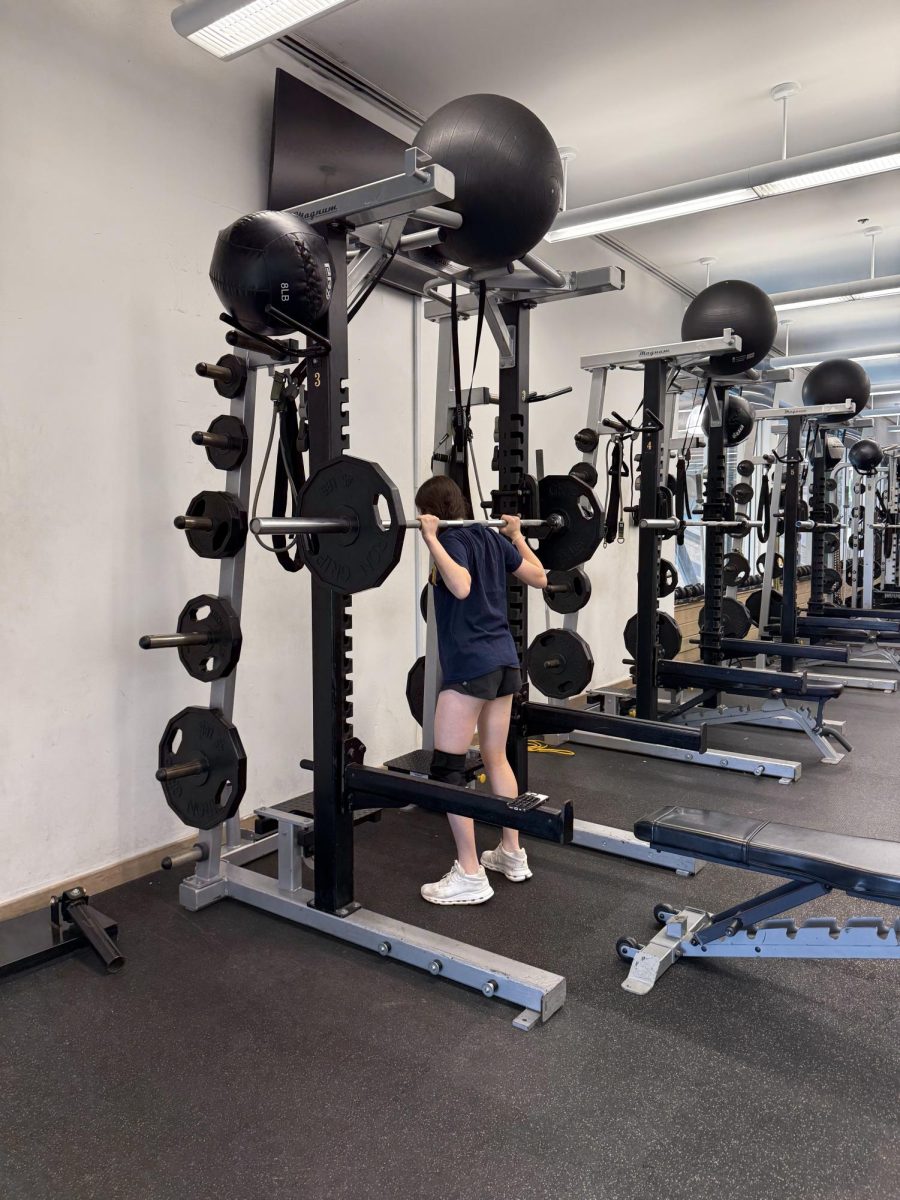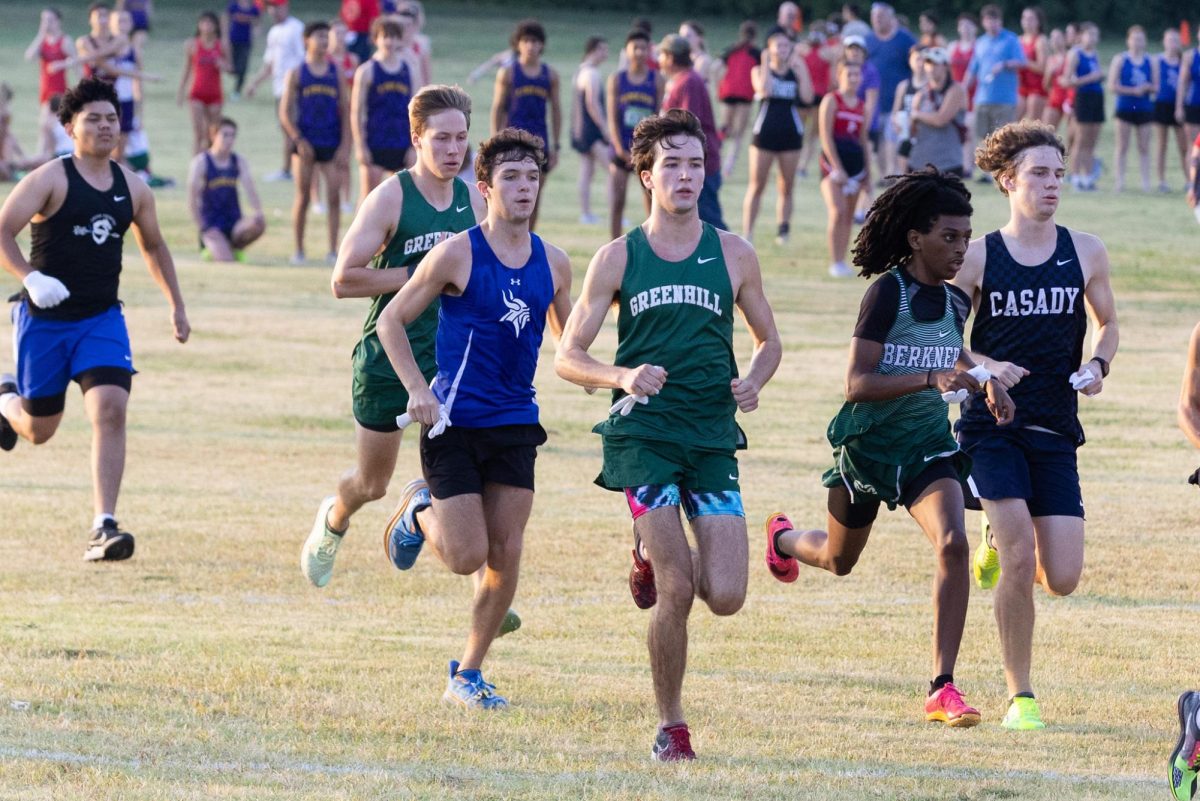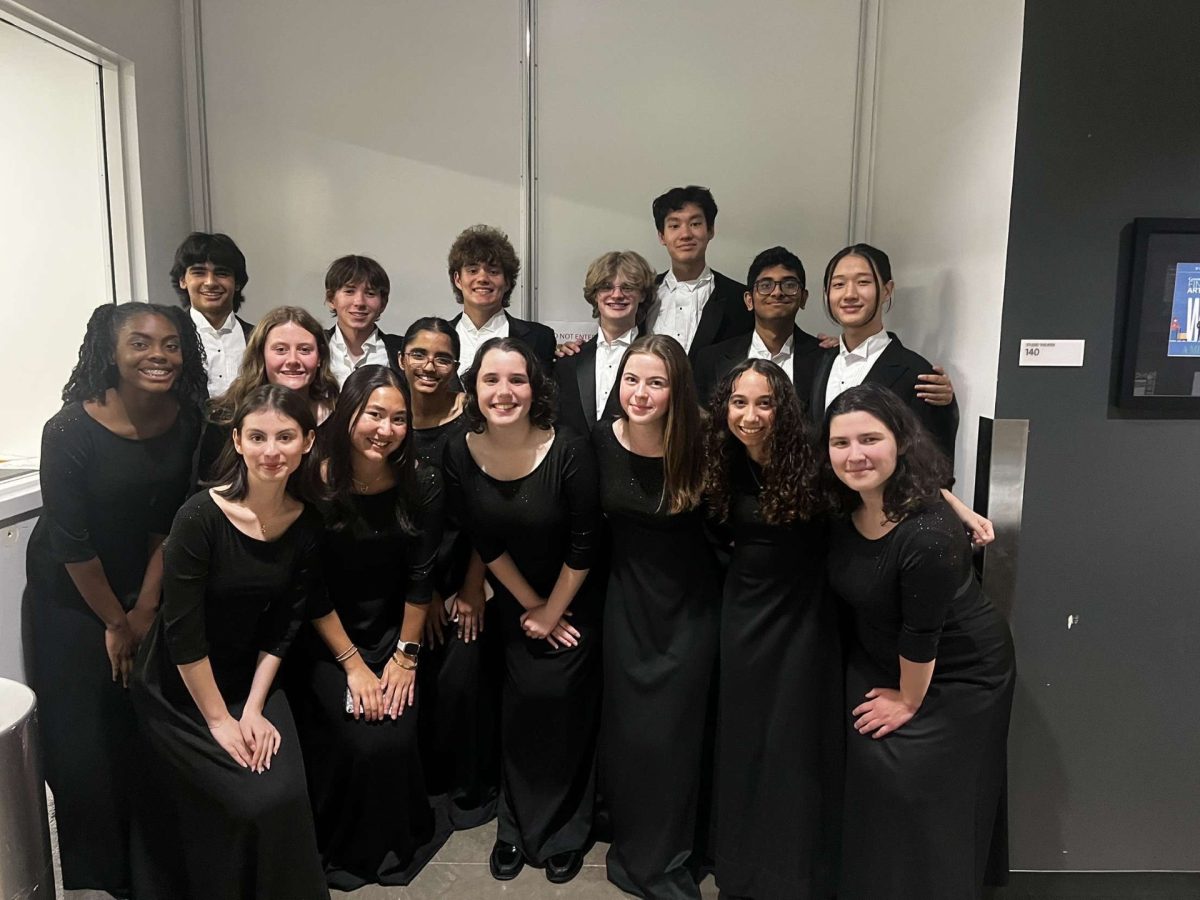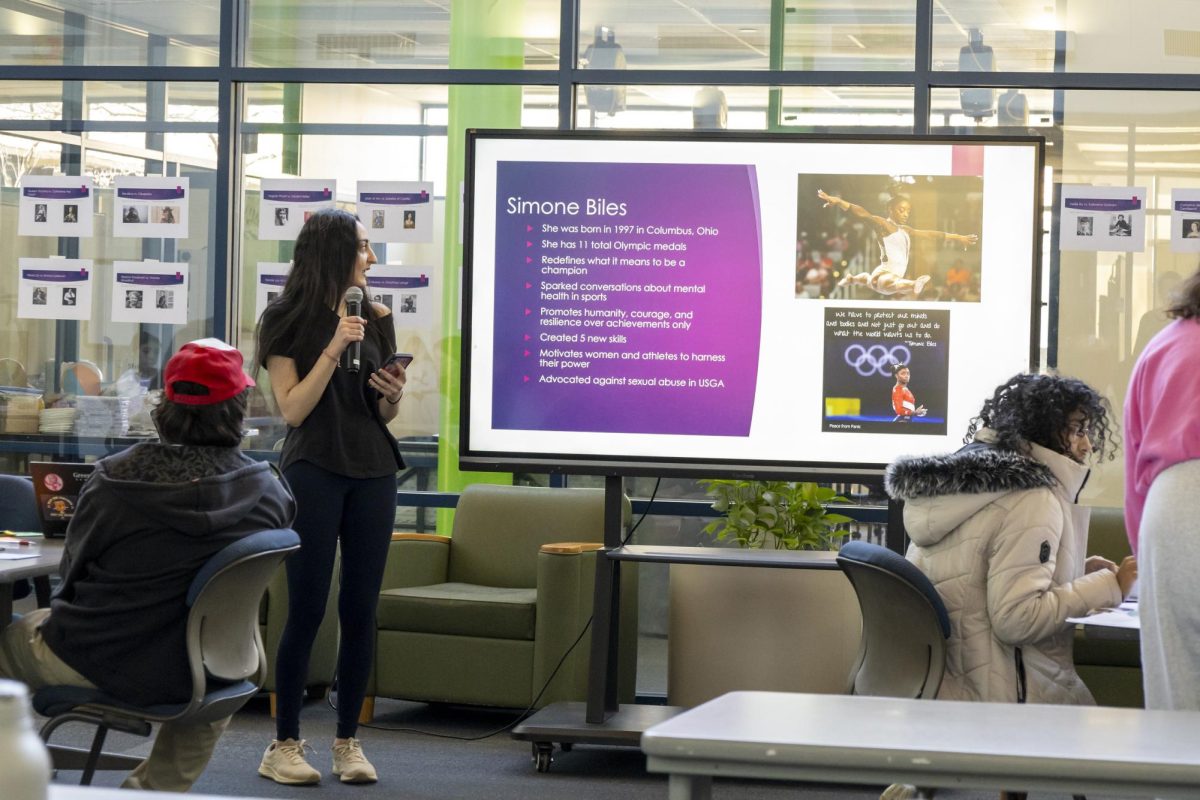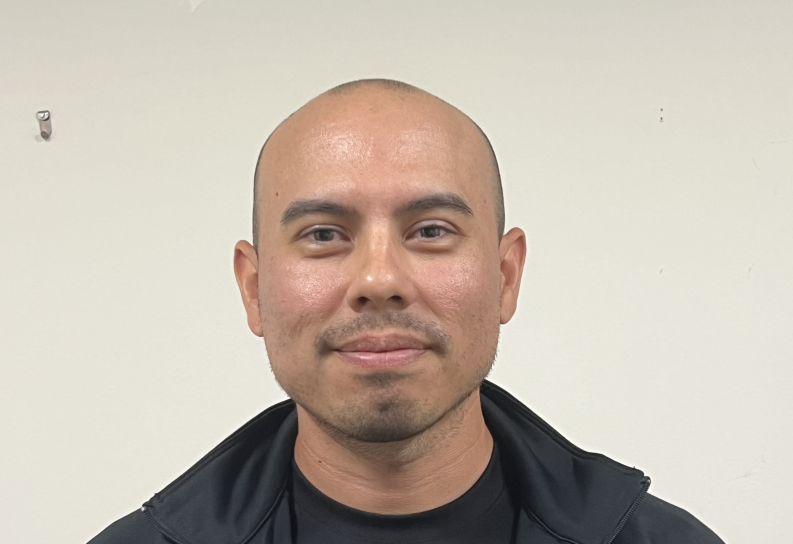Day in the Life
Students and Teachers Grapple with the New Online School Platform
Erin Reynold’s manages school with her planner throughout the busy days of virtual classes.
April 15, 2020
State by state, district by district, schools began closing their doors in mid-March as a result of the Covid-19 pandemic. Now, more than 70 million students and their teachers in the United States are turning to online options to finish out the year.
“You became an online learner overnight, and I became an online teacher overnight,” Upper School history teacher and ninth grade dean Genie Burke said. “That doesn’t happen without some anxiety.”
Burke said she hopes that, like her, students feel better in this new environment than they did a week ago. Overnight, the terms “synchronous” and “asynchronous” became a part of the Greenhill vernacular.
With the transition to online classes, both synchronous and asynchronous, teachers and students alike are now in an adjustment phase, figuring out what works and what doesn’t.
Many teachers are focusing on completion-based grading to ease the pressure on students.
“This is not trying to recreate our time that we would normally have together,” Burke said. “It’s not going to be as rigorous. It shouldn’t be as rigorous; it should be a manageable amount for both adults and students.”
Students have many different plans for managing this new system.
“I mostly rely on my planner to help me stay organized,” sophomore Erin Reynolds said. “I write down all of my homework and the times of my classes so, usually, I’m done pretty early.”
Reynolds said most of her homework is worksheets and online MathLab assignments for her algebra class.
“Some of my friends have told me they have a crazy amount of homework, but I usually have about 30 minutes of homework for each class each day,” Reynolds said.
In addition to the adjustments necessary to stay on top of homework, students are gradually adapting to new daily routines. Without the school commute or other school activities, the life of a student looks very different than how it did before Spring Break.
“After advisory, if I don’t have a class, I will just start my work,” Reynolds said. “I try to get my homework done before my classes.”
While schedules look different for each student, teachers are encouraging them to make a plan and stick to it.
“It has felt good to keep a steady morning routine,” Burke said.
Many are trying to find ways to get outside and take breaks despite the shelter-in-place order.
“I hope that adults and kids are closing their computers and getting a walk in,” Burke said. “It’s really important that we all do that. We need the fresh air and we need to get away from the screens.”
Some students have taken this time to learn new skills, clean their closets, bake or just relax.
“I feel like teachers are trying to make it as normal as possible, Reynolds said. “Everyone is trying their best.”
For some students who participate in spring sports or electives, adapting has been particularly difficult. For Greenhill’s student athletes, their seasons are already over.
According to Reynolds, who plays on the lacrosse team, coaches would send them wall-ball routines to practice their stick skills, but since they announced the season was over, those have stopped.
The lacrosse team still has meetings on Microsoft Teams and high performance coach Jessen Houston still sends them workouts on TeamBuildr, a weightlifting instruction app. But the workouts are not really lacrosse based, Reynolds said.
“It’s a big change, but it’s kind of good that we can talk as friends,” she said. “I’m glad we have the opportunity to get together with people that we still love even though we don’t have lacrosse.”
Reynolds described her team as being very close knit.
In addition to class adjustments, Greenhill’s third trimester grading policy, which was announced April 3, will weigh the third trimester as 20% of a student’s yearly grade as opposed to the normal 33%.
It also includes a “do no harm” policy, which prevents a student’s third trimester grade from hurting their year-long average as long as they maintain a good attendance record and turn in all of their assignments.
Some students fear that this trimester will negatively affect their transcript.
“Everybody is going through this,” Burke said. “Colleges are going to have to adapt just like we are. Your transcript will still look like everybody else’s.”
The policy specifically emphasizes engagement from students and feedback from teachers.
“I recommend that students rigorously use time with teachers to get feedback and ask questions,” Burke said.
While health experts deem social distancing as essential to reducing the spread of Covid-19, students and teachers are trying to find ways to connect with each other despite not being on campus.
“I miss my interaction with my students and fellow teachers,” Burke said. “I have some of the best colleagues in the world. Greenhill is a place I am very fortunate to be a part of.”
During this uncertain time, unity and patience are more important than ever, Burke said.
To her students, Burke’s message is simple.
“I’m proud of you,” she said. “I’m proud of how adaptable students have been. It’s helped the adults help them. So, to all Greenhill students, thank you.”






